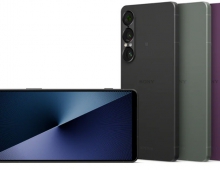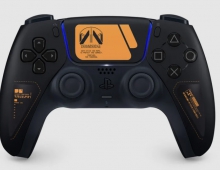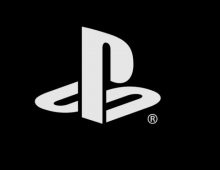
Sharp Forecasts Full-year Loss, Sony Posts Small 2Q Profit
Struggling TV maker Sharp increased its full-year operating loss forecast to 155 billion yen ($1.94 billion) and estimated its full-year loss forecast to 450 billion yen. Sony saw a small a small opertaing profit in the second quarter and kept its full-year profit guidance.
During the six months ended September 30, 2012, the Japanese economy saw signs of a partial recovery in company profits. However, overall conditions remained extremely severe, due to such factors as yen exchange rate appreciation and ongoing deflation.
Overseas economy showed a risk of a downward swing due mainly to a European financial crisis, deceleration of growth in United States and a slowdown in the growth of China and of emerging countries, where economies had been steadily developing.
Amid these circumstances, the Sharp Group strengthened selling original devices such as high-definition LCDs and high-efficiency monocrystalline solar cells, as well as products incorporating Plasmacluster Ion technologies. The company also implemented several measures to reinforce business foundations. It worked to achieve a proper inventory level, improve financial strength by reducing fixed assets, fixed expenses (mainly personnel expenses) and off-balance large-size LCD business, as well as secure working capital by concluding a borrowing facility of 360.0 billion yen with main financing banks. However, the company's business environment continued to be severe, due to drastic price drops of products and devices, production delay of new small- and medium-size LCDs in the company's the Kameyama Plant, and worse than expected drop in sales of LCD TVs in Japan and China.
To overcome these circumstances, Sharp said it would restructure business further, aiming to be "a life style creating company" and institute measures to reinforce business foundations, generating cash flows by decreasing expenses including personnel expenses such as calling for voluntary retirement and cutting salaries, setting proper inventories, selling assets and reducing capital investments. Sharp will also secure the necessary credit line, supported by financial institutions.
Sharp said it expects to post an operating profit in the current October-March second half, after losing 168.9 billion yen ($2.11 billion) in the first half year.
Sony booked a small operating profit in the second quarter helped by the sale of a chemicals business that offset weak demand for its TVs and other devices, and it kept its full-year profit guidance.
July-September operating profit of 30.3 billion yen ($379 million) compared with a 1.64 billion yen loss a year ago.
The company recently completed the sale of its chemical business to state-backed Development Bank of Japan for 58 billion yen.
Sony stuck to its forecast for a full-year operating profit of 130 billion yen ($1.63 billion).
But Sony said it expects to sell fewer of its hand-held PSP and Vita consoles this year--10 million--than it previously estimated. It also cut its forecasts for sales of its TV sets--to 14.5 million--and compact digital cameras--to 16 million--but kept its PlayStation home console sales estimate at 16 million.
Amid these circumstances, the Sharp Group strengthened selling original devices such as high-definition LCDs and high-efficiency monocrystalline solar cells, as well as products incorporating Plasmacluster Ion technologies. The company also implemented several measures to reinforce business foundations. It worked to achieve a proper inventory level, improve financial strength by reducing fixed assets, fixed expenses (mainly personnel expenses) and off-balance large-size LCD business, as well as secure working capital by concluding a borrowing facility of 360.0 billion yen with main financing banks. However, the company's business environment continued to be severe, due to drastic price drops of products and devices, production delay of new small- and medium-size LCDs in the company's the Kameyama Plant, and worse than expected drop in sales of LCD TVs in Japan and China.
To overcome these circumstances, Sharp said it would restructure business further, aiming to be "a life style creating company" and institute measures to reinforce business foundations, generating cash flows by decreasing expenses including personnel expenses such as calling for voluntary retirement and cutting salaries, setting proper inventories, selling assets and reducing capital investments. Sharp will also secure the necessary credit line, supported by financial institutions.
Sharp said it expects to post an operating profit in the current October-March second half, after losing 168.9 billion yen ($2.11 billion) in the first half year.
Sony booked a small operating profit in the second quarter helped by the sale of a chemicals business that offset weak demand for its TVs and other devices, and it kept its full-year profit guidance.
July-September operating profit of 30.3 billion yen ($379 million) compared with a 1.64 billion yen loss a year ago.
The company recently completed the sale of its chemical business to state-backed Development Bank of Japan for 58 billion yen.
Sony stuck to its forecast for a full-year operating profit of 130 billion yen ($1.63 billion).
But Sony said it expects to sell fewer of its hand-held PSP and Vita consoles this year--10 million--than it previously estimated. It also cut its forecasts for sales of its TV sets--to 14.5 million--and compact digital cameras--to 16 million--but kept its PlayStation home console sales estimate at 16 million.





















